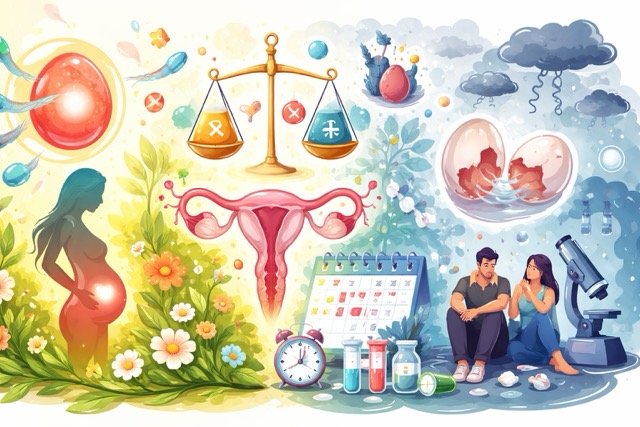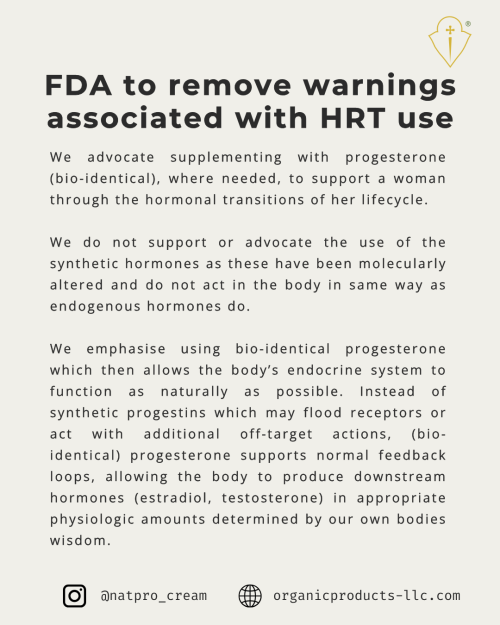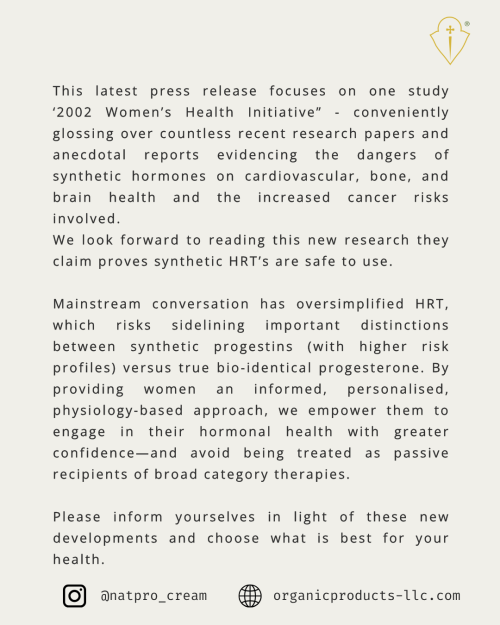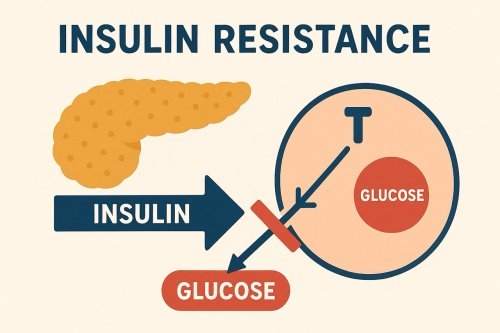High Dose of Vitamin D
Key to whatever disease you may wish to fend off is how a high dose of vitamin D will affect you. There are some conflicting reports being issued by various health bodies, scientific research centers and government representative organizations on the importance of Vitamin D to our overall health. One area of interest to me has been the positive effect Vitamin D has on assisting our bodies to combat skin cancers. What level is too much or too little or how does one define what a high dose of vitamin D is?
One key fact to keep in mind, according to Dr. Bill Grant, is that deaths from squamous and basal cell carcinomas total about 1,500 Americans every year, where other deaths based on vitamin D deficiency, kill almost 1,500 Americans every day. This certainly puts a different perspective on things and encouraged me to look into how much of a dose would I not only take myself, but recommend to others?
High dose of Vitamin D will help boost many aspects of your life, some of which include the ability to:
- Protect against or combat all kinds of cancer, including melanoma
- Keep your bones strong and healthy no matter whether very young and growing, middle aged or elderly
- Support a healthy functioning kidney, so vital in cleansing all toxins from your body
- Enhance muscle strength, whether fighting fit as an athlete, elderly with diminishing muscle strength or just an average person seeking to improve muscle performance
- Maintain a healthy immune system
- Enhance cardiovascular health status
- Promote healthy teeth
- Help your blood pressure to stabilize at optimal levels
High dose of Vitamin D from the Sun
The first method of obtaining Vitamin D is seemingly the most efficient method. Not too long ago, researchers discovered the unique and truly remarkable ability of our skin to photosynthesize activated vitamin D directly from the sun's UVB rays. So, if you make a habit of not just going into the sun on a regular basis, but go with your skin unprotected by either clothing or sunscreen, you can assist your body to fight cancer and other diseases as well as assist in fixing any damaged cells.
Although many experts agree that the best source by far of vitamin D is from the sun's UVB rays, there are many complicating factors involved as to whether or not you are able to get a high dose of Vitamin D from the sun. These factors include:
- UVB rays must be able to reach you - UVB rays will only penetrate the earth's atmosphere when the sun is above an angle of 50 from the horizon. If lower than 50, UVA rays, being longer, get through but UVB rays are actually reflected by the ozone layer. UVA rays do not create Vitamin D in our skin! There is a wonderful table provided by the US Navy for those who live in the USA to find out what times of the year your particular longitude and latitude will receive the sun's rays above the crucial 50.
- Ozone concentration - If the ozone layer is very thin or even non-existant, the likelihood that the UVB rays will penetrate unhindered and reach your skin is very high
- Altitude - The higher you are the more likely the UVB rays will reach your skin
- Air pollution - decreases or filters out the amount of UVB rays reaching your skin
- Ground covered by snow or ice - refections amplify the effect of how much UVB is reaching your skin
- Cloud cover - if the weather is cloudy or raining, the UVB rays will be blocked
The really important aspect in all of this, is to make sure you obtain a balance between getting enough exposure to the UVB rays to allow maximum vitamin D benefit, while also protecting yourself from any damage that may occur if you get too much sun and get sun burnt.
If your shadow is longer than you are tall,
you are not making much vitamin D
Alternatives to sunshine for high dose of vitamin D
So when getting out into the sunshine when the sun's UVB rays are at the right angle is not possible, what are the alternatives? Oral supplementation seems to be the best way in my view. Various foods contain Vitamin D. but not in any high doses. There are also many foods that contain Vitamin D fortification - especially dairy foods and cereals, but they are not at any level that could be considered to be a high dose of vitamin D.
A report was issued last year by the US Institute of Medicine (IOM) after a 2 year study done by 14 nutrition experts on the beneficial and harmful effects of vitamin D. The resultant recommendations have been severely criticized by the various Vitamin D research communities where some have even gone so far as to state that the IOM research model was "precisely the wrong model for development of a nutritional policy." A key accusation is that the recommended dose is so hopelessly low that it actually puts the health of the whole population in the United States at risk. Further to that, other countries that look to the IOM for guidance would also be negatively influenced. Their recommendations were for :
- 1-70 years: 600 IU/day of vitamin D and a serum 25(OH)D concentration (a precursor to the active form of vitamin D) of 20 ng/ml (50 nmol/l)
- 71 years or older: 800 IU/day
Based on observational studies from a wide variety of research projects there seems to be a general agreement that the optimal Vitamin D concentration is for at least 30 ng/ml and actually for optimum health, over 40 ng/ml. This is for normal, relatively healthy people. If you have specific health issues there are various alternative recommendations available that involve much higher doses.
With a population where one third of Americans have serum 25(OH)D concentrations below 20 ng/ml. That's one in every three people! So one can look to the person on your right and then to the left and know that one of you 3 people have insufficient Vitamin D levels.
Doses recommended by the US Endocrine Society after their Vitamin D researchers looked into both skeletal and non-skeletal effects, are much more in line with being able to meet this target. ie. they recommended:
- 1-18 years: 600-1000 IU/day Vitamin D
- 19 years or older: 1500-2000 IU/day Vitamin D
However, if you read what The Vitamin D Council has to say about various circumstances where a high dose of Vitamin D is prescribed for different situations, the doses are much higher than these ones above. In many instances they are once off and in other cases daily amounts over a short period. In both these cases they may be prescribed to assist in the treatment of a specific health condition. eg. Multiple sclerosis patients where a very strong link between Vitamin D deficiency and the condition has been shown are often given doses of 6000IU per day and higher. In other cases, daily amounts can be as much 5,000 - 10,000 IU/day over a few months in order to get your Vitamin D levels to an optimal level.
References for high dose of vitamin D
William B. Grant, Ph.D. (OMNS April 10, 2012)
Vitamin D eases menstrual cramps
 If you are feeling confused or overwhelmed by fertility challenges, or wondering if hormone balance might be affecting your ability to conceive you are not alone—many women and couples face uncertaint…
If you are feeling confused or overwhelmed by fertility challenges, or wondering if hormone balance might be affecting your ability to conceive you are not alone—many women and couples face uncertaint…
 _____
_____ Feeling tired, foggy, or struggling with stubborn weight gain—especially around the waist? You might be surprised to learn that these symptoms could be linked to insulin resistance, a condition that a…
Feeling tired, foggy, or struggling with stubborn weight gain—especially around the waist? You might be surprised to learn that these symptoms could be linked to insulin resistance, a condition that a… Are you struggling with irregular cycles, unwanted hair growth, or unexplained fatigue? You’re not alone. Polycystic Ovarian Syndrome (PCOS) affects up to 10% of women of reproductive age—and many mor…
Are you struggling with irregular cycles, unwanted hair growth, or unexplained fatigue? You’re not alone. Polycystic Ovarian Syndrome (PCOS) affects up to 10% of women of reproductive age—and many mor…